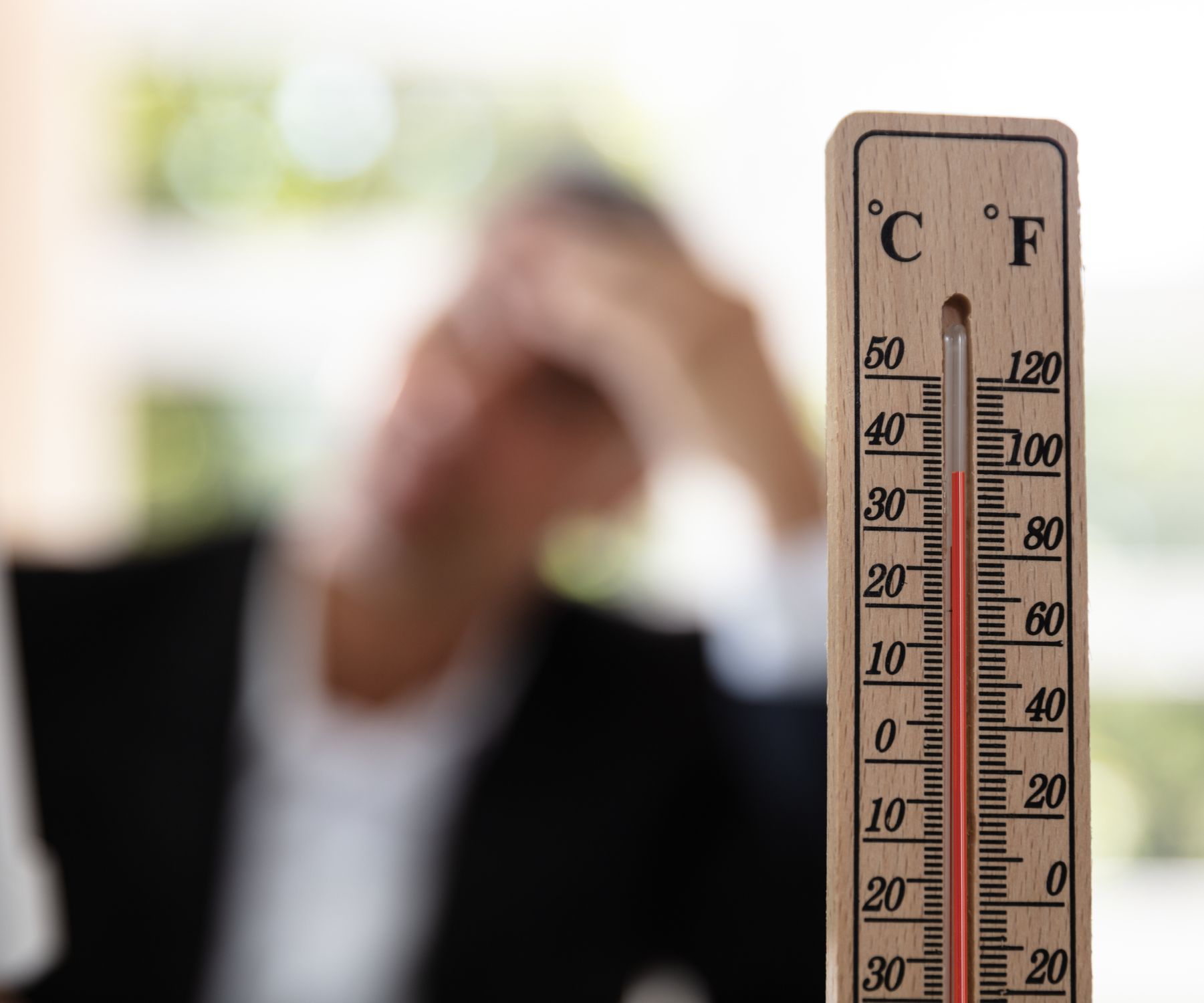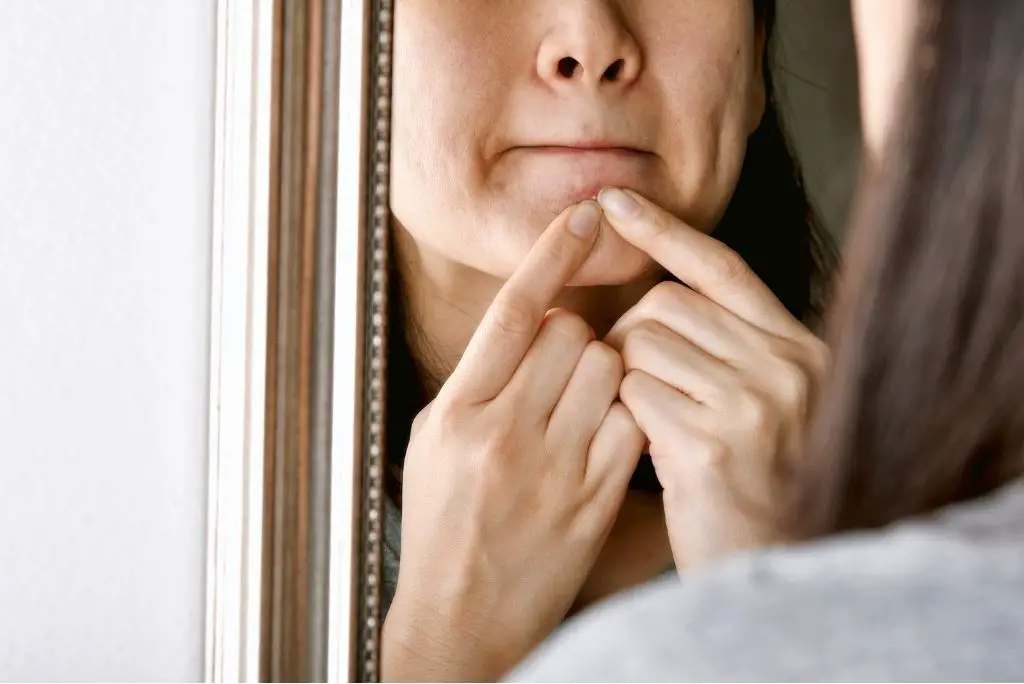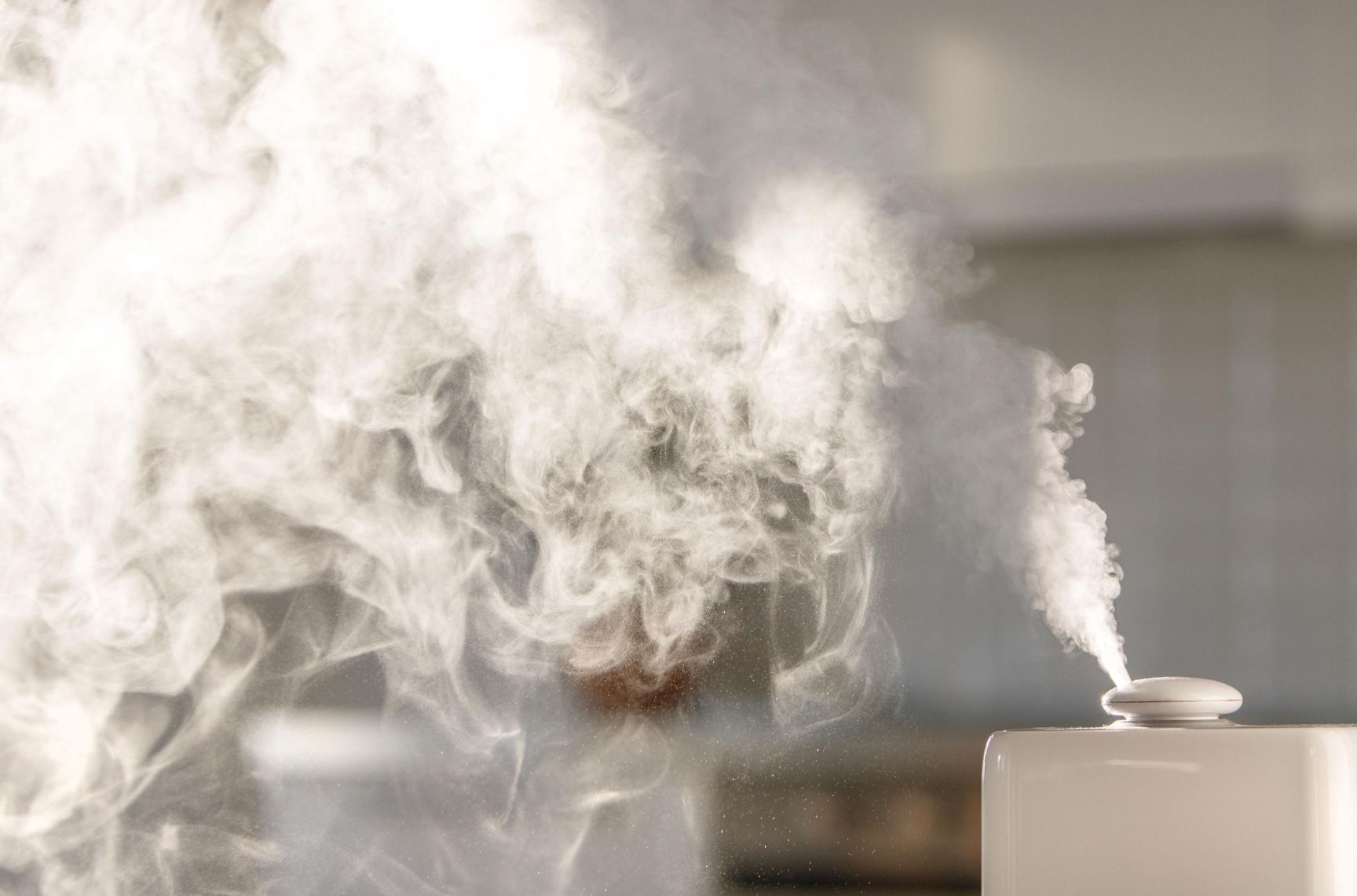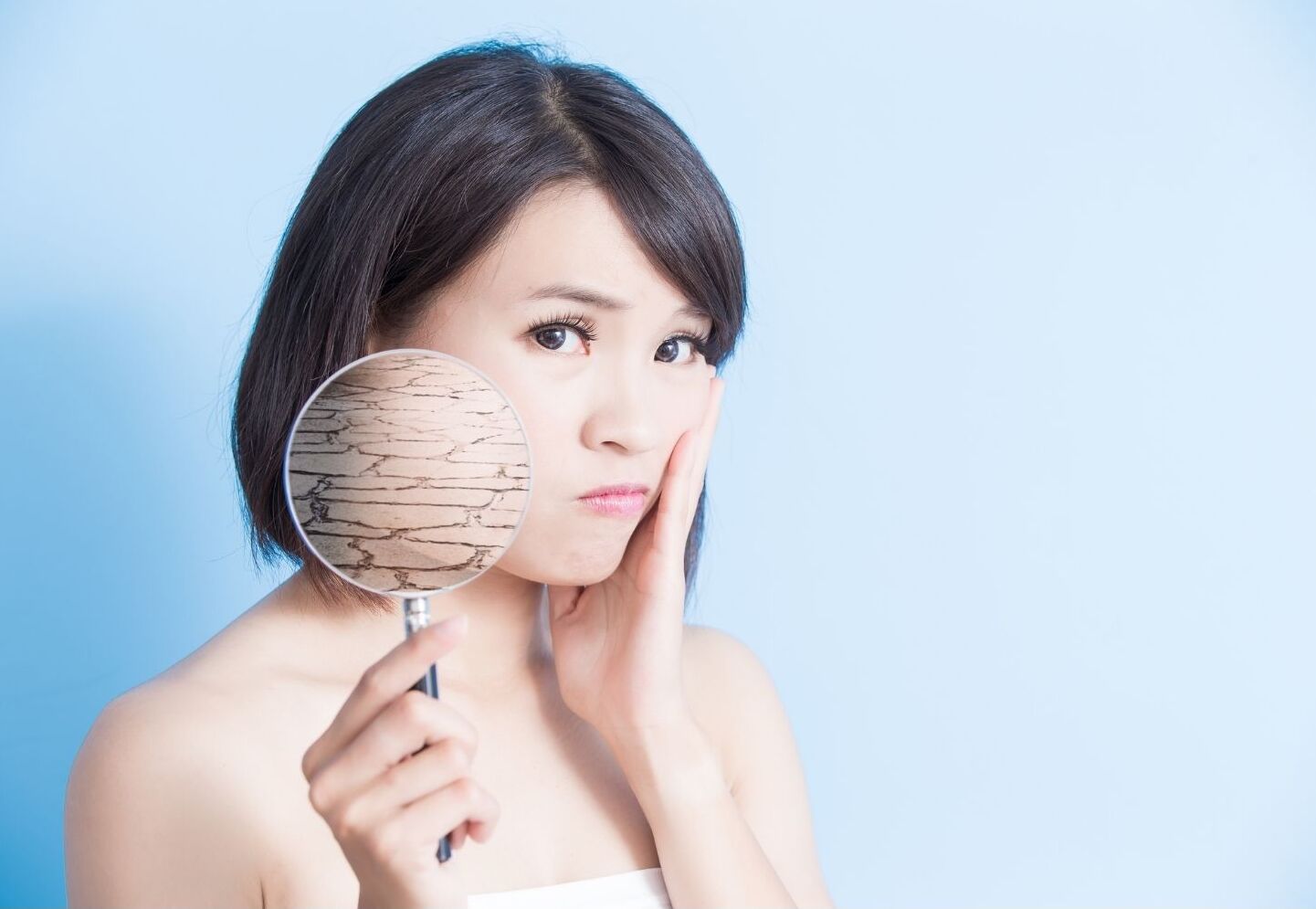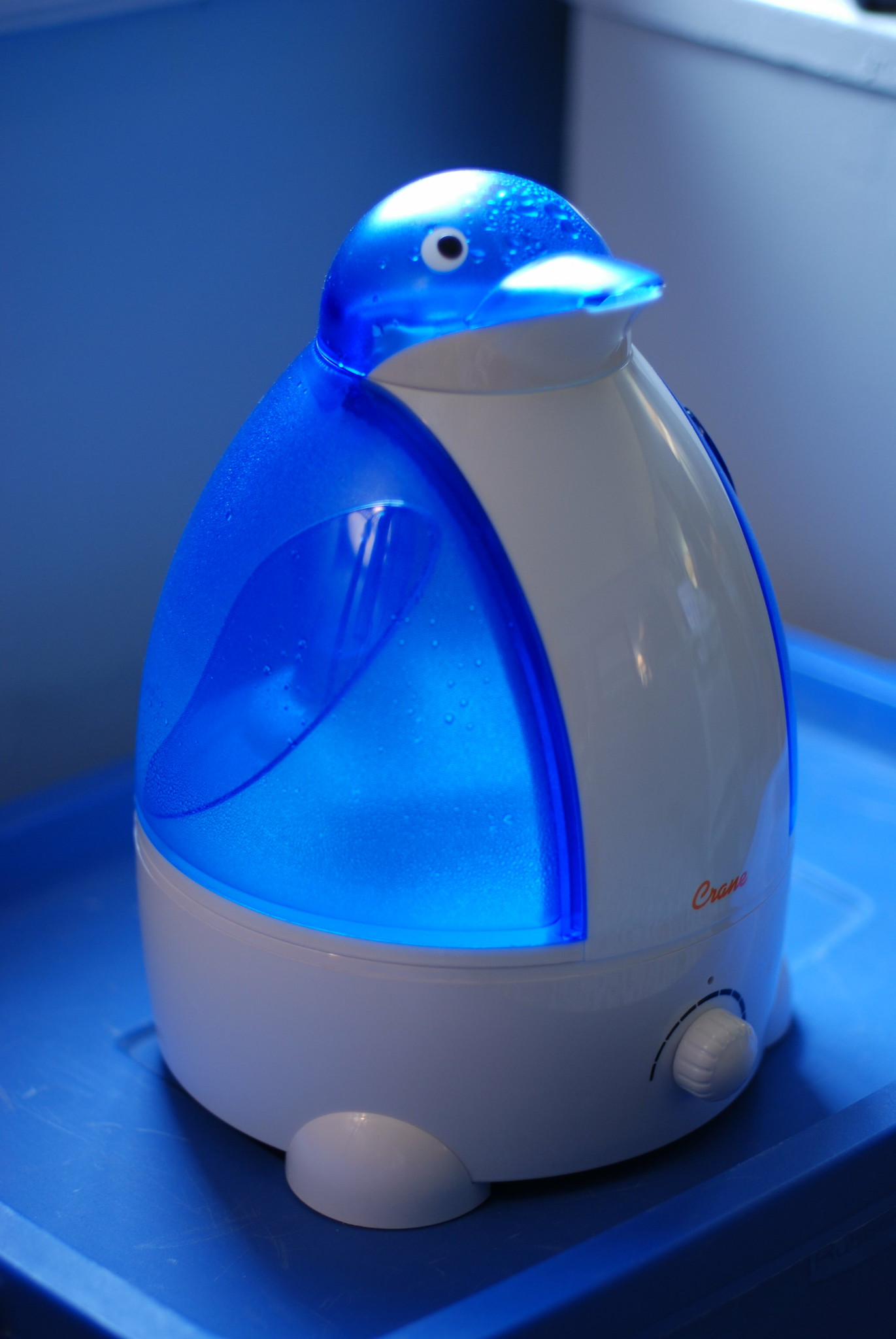Humidifiers typically come out of the closet during the dry winter months when the heater is running all the time and the air inside the house is stale and arid from having all the windows and door shut tight.
The main purpose of a humidifier is to add moisture back into the air when the relative humidity is low like in a heated home during the winter.
Dry air can create all types of symptoms including bloody noses, dry throat and dry cough as well as dry out your skin in exasperate topical skin conditions like eczema.
But as you probably already know, humidifiers have a dark side if they are not well maintained.
Table of Contents
What are some of the common mistakes people make when using a humidifier?
1.Poor maintenance
Easily the most common mistake people make is not cleaning out the humidifier nearly as much is as needed.
Humidifiers especially in a hot house, can develop mold and bacteria inside them in a very short amount of time.
And since the whole purpose of a humidifier is to emit moisture droplets into the air,
when those droplets have bacteria and mold spores attached to them because of a poorly kept machine,
The humidifier is spitting out mold and bacteria along with the moisture that it is intended to be released.
And since molds for the bacteria in the air are a main source of household allergens… I think you get the point.
A dirty humidifier can easily be the source of your allergy symptoms rather than be the aid that it was meant to be.
2. Using tap water
It’s no secret that tap water has many unwanted chemicals that make it undesirable as a source of drinking water.
Tap water can contain Chlorine, Herbicides Mercury, Lead, and Fluoride just to name a few.
While the main point of using tap water in a humidifier is because the sediment left over from the tap water can help the production of mold,
There is the other side of it
That is when you are using water with so many contaminants in it to moisturize your air, you are in turn, inhaling a number of those contaminants as part of your air quality then.
The easiest way to avoid this is to use distilled water.
This is a controversial subject when it comes to humidifier do’s and don’ts.
And it could be argued that this is not a rule that applies to everyone since not everyone’s water supply is equally polluted or clean.
3. Excessive humidity
Humidity is not always your friend as you probably well know. Running a humidifier when you do not need it can cause the humidity to rise above, not only a comfortable place, bit a safe place in your home.
High humidity in the home is actually one of the main food sources for dust mites and mold.
Humidity droplets also can act like traveling containers that carry bacteria and viruses further through a room.
It is important to know the humidity level inside your home before you turn on and leave on a humidifier.
If you don’t already have a humidifier, consider buying one with a humidistat to measure the humidity.
If you have a humidifier already and it doesn’t have a humidistat, consider purchasing one to measure the relative humidity in your home to ensure that it is not exceed 40 to 50%. 40% being the more desirable.
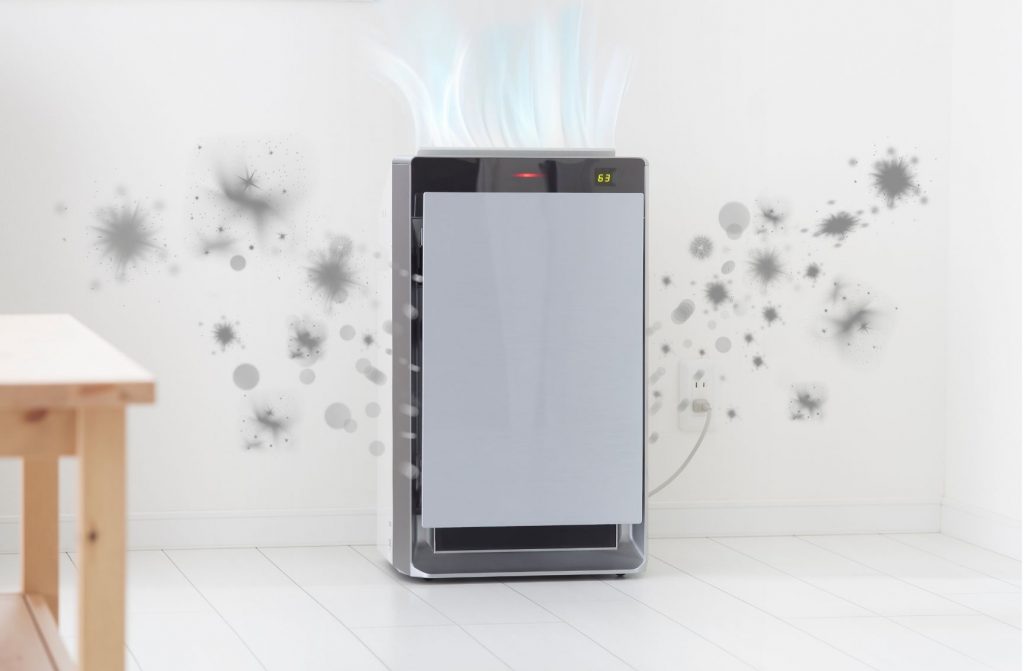 4.Standing water
4.Standing water
Standing water in a humidifier that is not being used can account for most of the bacteria and mold breeding in the unit.
If the water has been standing or even as little as 48 hours, you will probably see a film on top of the water we’re mold and algae are forming.
It’s important to dump the water out of the humidifier when it is not in use to avoid the humidifier becoming a germ farm.
Many people put a little bit of vinegar in their humidifier water to help prevent mold and bacteria from growing in the machine. Vinegar is a known bacteria inhibitor.
Apple cider vinegar is also known to have medicinal properties that can help alleviate congestion when it is combined with steam.
Adding apple cider vinegar to your vaporizer or warm mist humidifier is an easy way to help keep your unit clean and add extra value to your air moisturizer.
5. Improper Storage
Once the need for the humidifier is over and the air is back to its normal moisture consistency and everyone can breathe again in the house, the humidifier tends to be turned off and forgotten about.
But as as it is already been well established, mold and bacteria can easily grow inside of a humidifier making it a health hazard instead of a helpful device to increase humidity and help you breathe better.
Storing a humidifier right when it is not in use is important to keeping your humidifier working properly and safely.
When storing make sure that you thoroughly clean the humidifier and let it completely dry before it is put up.
Moisture is not the only prerequisite for mold, dark areas also have a big role.
When you store a damp humidifier and a dark spot, you were asking for mold to grow on and inside of the machine.
6. Cleaning before use
Even a humidifier that has been cleaned and stored properly can have nooks and crannies that did not exactly get completely dry before being stored.
If it is the first time for the season to be using the humidifier, it is important to thoroughly clean the unit before using it again.
Mold can be a resourceful plight they can find moisture in places you would not have thought.
 Recap
Recap
Humidifiers can be one of the best and easiest devices that you can own to relieve symptoms related to dry air such as chapped lips, bloody noses, and scratching nasal passages.
But because of the way humidifiers work, they are predisposed for the breeding of mold and bacteria.
Putting an emphasis on the risk that a humidifier can create in your home and keeping your humidifier clean and clean and dry when it is not in use is very important to owning a humidifier.


